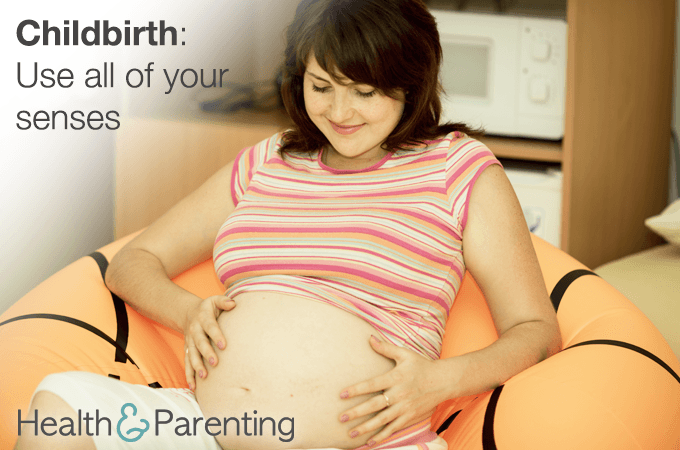When you hear the term “belly dancing,” you might imagine a seductive dance performed by scantily clad women in flowing outfits for the pleasure of men. But the roots of these traditional dances are far removed from this purpose.
Across time and cultures, young women at puberty learned about birth through dance (as well as by observing other women labor!). The practiced movements of the birth dances would then be used naturally during the woman’s own labor and birth for mom’s comfort and baby’s progress.
Women are meant to stay active during labor – research shows that movement helps open the pelvis and move the baby down. When allowed to find their own comfort during labor, women typically sway, squat, shift, and dance. If a laboring mom relaxes into her birth dance, her muscles (and her emotions) are loose and open, allowing birth to happen.
Labor is itself depicted in the progression of the movements of belly dancing. Labor starts with the woman as relaxed as possible. Then contractions become more intense – longer, stronger and closer together – until, at the climax, the woman is unaware of the outside world and the baby is born. So too with belly dancing – the dance starts relaxed and the dancer isolates muscles one at a time, moving in tempo. The dance builds, much as the contractions do, and finally at the crescendo of the dance, the dancer is lost in movement and music.
Renowned author and childbirth educator Sheila Kitzinger once wrote, “A Bedouin Arab girl learns a pelvic dance during the puberty…and will belly dance, when she is in labour. The belly dance represents the power of women to produce life.” The benefits of dancing and using your womanly power include:
- Improved posture, flexibility, balance and co-ordination: As your belly grows, you may become less-than-graceful. Your center of gravity is changed, pulling your lower back forward. Your body is releasing hormones that relax your ligaments, which may make your pelvis (and everything else) ache. Many of the movements of belly dancing – such as hip rolls, circles and figure-8s – are useful for relieving back and pelvic pain during pregnancy and labor. Those movements may even help baby move into a favorable position for birth when used during labor.
- Maintaining general fitness: Doctors recommend 30 minutes of moderate exercise daily during pregnancy. The non-jarring, non-contact nature of belly dancing fits the bill. In addition, through its connection with deep abdominal muscles, belly dancing helps to maintain the pelvic floor. Try belly dancing instead of doing Kegels! Belly dancing also improves physical endurance, which will be necessary during labor.
- Better breathing: The movements of belly dancing integrate different types of breathing. Labor requires changes from lower abdominal breathing to chest breathing to panting – and if you’re already used to these changes in dance, you’ll be more prepared in labor.
- Relaxation: Tension is released when you move your wrists, shoulders, ankles, hips, and spine in circles, all movements familiar to those who practice belly dancing.
- Improved focus: When belly dancing, you often focus on moving only one body part in isolation. This focus can be especially helpful during contractions and when pushing your baby into the world.
As with any exercise program, check with your healthcare provider before you begin to be sure there are no reasons you should avoid certain movements. Avoid back bends and sudden movements, as well as any exercises on your back after the first trimester. Keep your pelvis in a neutral position to avoid strain. Start with a warm up and end with a cool down. Avoid overheating, and stay hydrated before, during and after exercise. If you develop pain, bleeding, shortness of breath, headache, faintness, nausea, contractions, or fluid leakage from the vagina, stop exercising and check with your healthcare provider.
Learning belly dancing while you’re pregnant can be a fun way to meet other pregnant moms while you prepare for birth. Check with your healthcare provider or childbirth class instructor to see if there are any prenatal belly dancing classes in your area. Or consider online videos or DVDs that will allow you to learn in the comfort of your own home.
Have you danced for birth?
Written by Michelle, childbirth instructor, lactation consultant, and mother to 4 busy kids
This information is not intended to replace the advice of a trained medical doctor. Health & Parenting Ltd disclaims any liability for the decisions you make based on this information, which is provided to you on a general information basis only and not as a substitute for personalized medical advice. All contents copyright © Health & Parenting Ltd 2017. All rights reserved.














